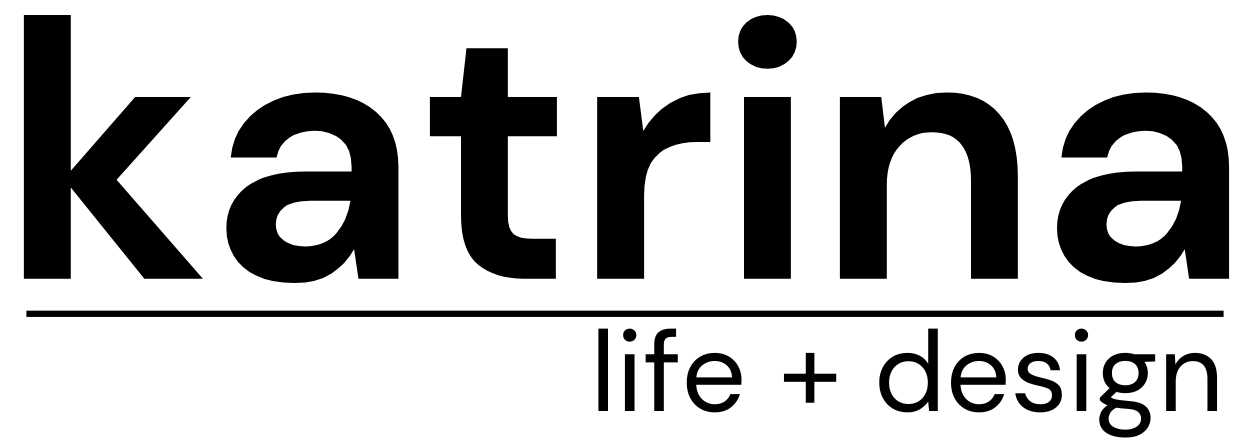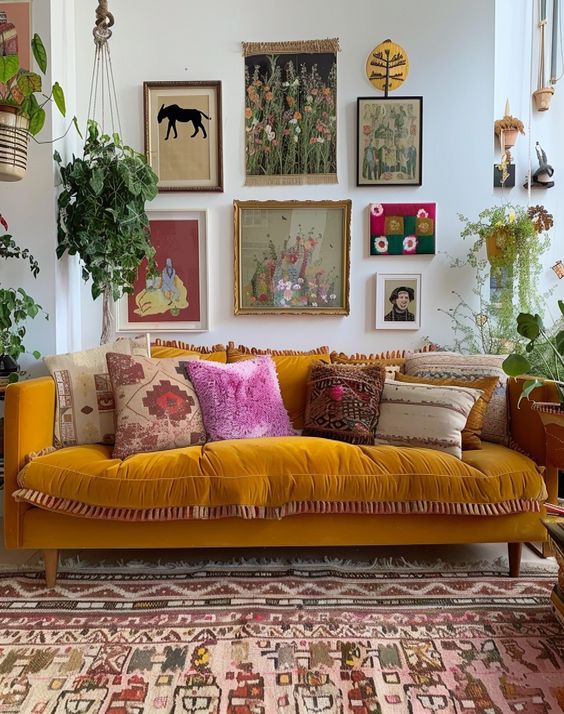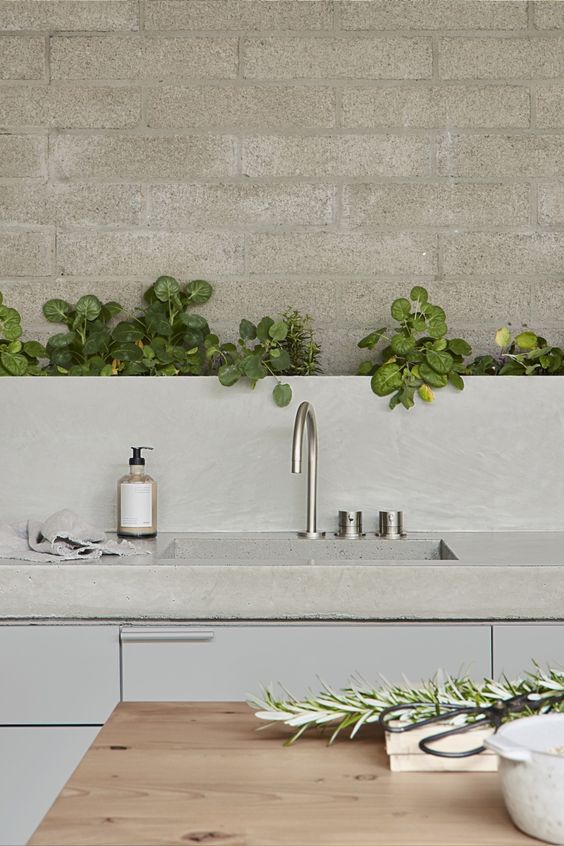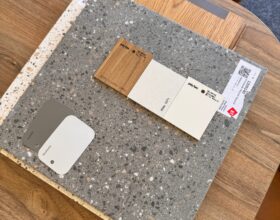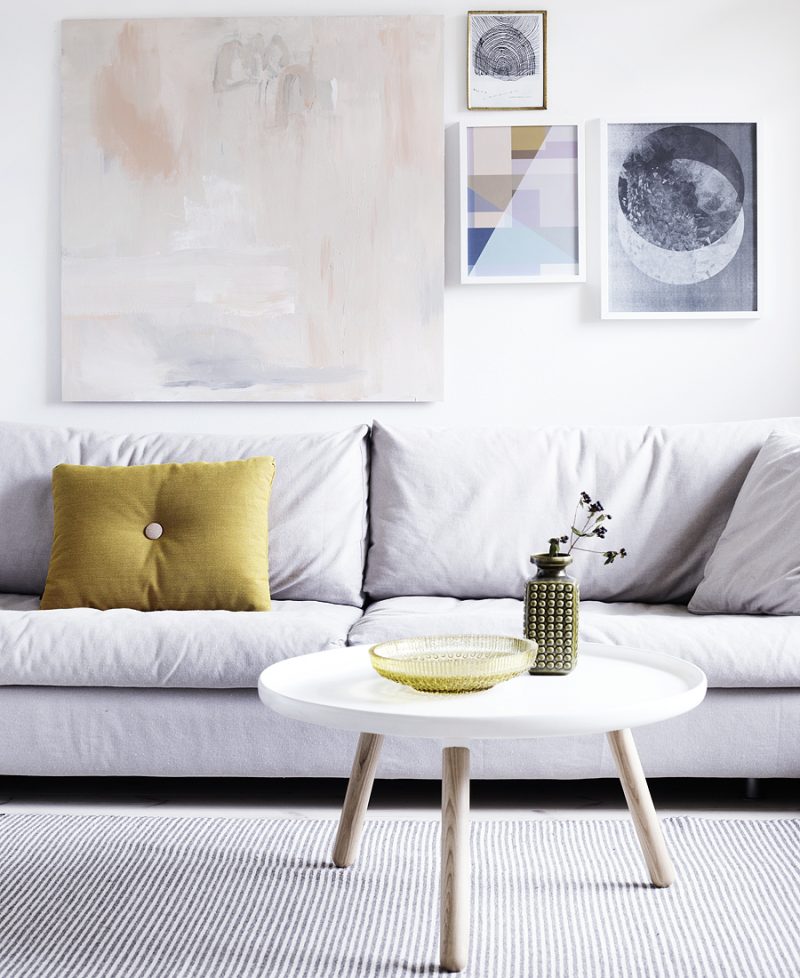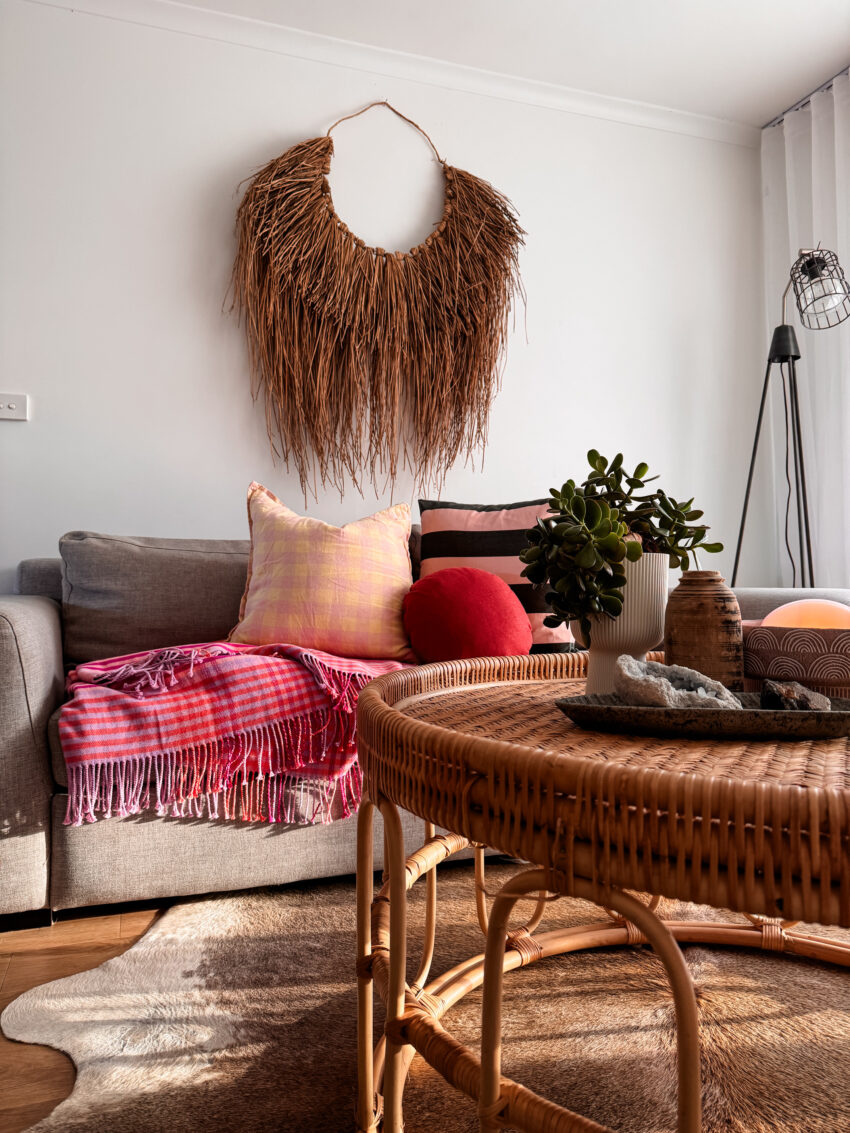As we edge closer to 2025, it's time to explore the latest trends in interior design and home renovation. Whether you're planning a major overhaul or simply looking to refresh your space, these trends will help you stay ahead of the curve. Let's dive into the styles, materials, and concepts that are set to dominate …
As we edge closer to 2025, it’s time to explore the latest trends in interior design and home renovation. Whether you’re planning a major overhaul or simply looking to refresh your space, these trends will help you stay ahead of the curve. Let’s dive into the styles, materials, and concepts that are set to dominate this year and discuss which ones are worth incorporating into your home and which might be best to avoid.
1. Sustainable and Eco-Friendly Design
Sustainability continues to be a major focus in 2025. Homeowners are increasingly looking for ways to reduce their environmental footprint, and designers are responding with eco-friendly materials and practices.
Worth Incorporating:
- Reclaimed Wood: Using reclaimed wood for flooring, furniture, and accent walls adds character and reduces the need for new lumber.
- Energy-Efficient Appliances: Upgrading to energy-efficient appliances not only saves money on utility bills but also reduces environmental impact.
- Natural Materials: Incorporate materials like bamboo, cork, and stone to create a natural, earthy feel in your home.
Avoid:
- Cheap Imitations: Avoid low-quality imitations of eco-friendly materials. They may not last as long and could end up costing more in the long run.

2. Maximalism
After years of minimalism, maximalism is making a bold comeback. This trend is all about expressing personality through vibrant colours, patterns, and eclectic decor.
Worth Incorporating:
- Bold Colours: Don’t be afraid to experiment with bold colours on your walls, furniture, and accessories. Jewel tones and rich hues can add depth and warmth to your space.
- Mixing Patterns: Combine different patterns and textures to create a dynamic and visually interesting environment. Think floral wallpapers paired with geometric rugs.
Avoid:
- Overcluttering: While maximalism encourages more decor, be mindful of overcluttering. Ensure there’s still a sense of balance and harmony in the space.
3. Biophilic Design
Biophilic design, which seeks to connect inhabitants more closely with nature, continues to gain popularity. This trend focuses on incorporating natural elements into interior spaces.
Worth Incorporating:
- Indoor Plants: Adding indoor plants is one of the easiest ways to embrace biophilic design. They improve air quality and add a fresh, natural aesthetic.
- Natural Light: Maximise natural light by using sheer curtains or adding skylights. Natural light enhances mood and makes spaces feel more open.
Avoid:
- Artificial Plants: While they may be low-maintenance, artificial plants don’t provide the same benefits as real ones and can look tacky if not chosen carefully.
4. Smart Home Integration
Smart home technology is becoming more integrated into our daily lives, and 2025 sees a rise in sophisticated home automation systems.
Worth Incorporating:
- Smart Lighting: Use smart lighting systems to adjust the ambiance of your home with ease. They can also save energy by automatically turning off when not in use.
- Voice-Activated Assistants: Incorporate voice-activated assistants to control various aspects of your home, from security to entertainment.
Avoid:
- Overcomplication: While smart tech is convenient, avoid overcomplicating your home with too many gadgets. Focus on systems that genuinely enhance your lifestyle.

5. Multifunctional Spaces
With more people working from home, multifunctional spaces are more important than ever. This trend focuses on creating areas that serve multiple purposes.
Worth Incorporating:
- Flexible Furniture: Invest in furniture that can adapt to different needs, such as a desk that doubles as a dining table or a sofa bed for guests.
- Zoning: Use rugs, partitions, and furniture placement to create distinct zones within a single room, allowing for different activities to coexist comfortably.
Avoid:
- Overcrowding: Be cautious not to overcrowd a space with too many functions. Ensure each area is clearly defined and functional.

6. Vintage and Retro Revival
Nostalgia plays a significant role in 2025, with vintage and retro styles making a strong comeback. This trend blends old-school charm with modern convenience.
Worth Incorporating:
- Vintage Furniture: Look for quality vintage pieces that can be restored or repurposed. They add character and tell a story.
- Retro Accents: Integrate retro elements like colourful kitchen appliances or mid-century modern furniture to add a nostalgic touch.
Avoid:
- Kitschy Decor: While vintage is in, be careful not to go overboard with kitschy decor that can make your home look outdated rather than charming.
Examples of Integration
Sustainable Design:
This living room uses reclaimed wood for the coffee table and incorporates plenty of indoor plants, creating a natural and eco-friendly atmosphere.
Maximalism:
Bold colours and mixed patterns create a vibrant and dynamic bedroom, showcasing the maximalism trend without feeling cluttered.
Biophilic Design:
Natural light floods this kitchen, complemented by plenty of greenery and natural materials, embodying the biophilic design trend.
Smart Home:
Smart lighting and voice-activated controls make this living room both high-tech and comfortable, illustrating seamless smart home integration.
Multifunctional Space:
This home office doubles as a guest room, with flexible furniture that maximises the use of space.
Vintage Revival:
Vintage furniture and retro accents give this dining room a nostalgic yet modern feel, perfectly blending old and new.
Final Thoughts
As you consider these trends, remember that the best design choices are those that reflect your personal style and meet your needs. Incorporate the trends that resonate with you, and don’t be afraid to mix and match to create a space that feels uniquely yours.
Be the first to read my stories
Get Inspired by the World of Interior Design
Thank you for subscribing to the newsletter.
Oops. Something went wrong. Please try again later.
